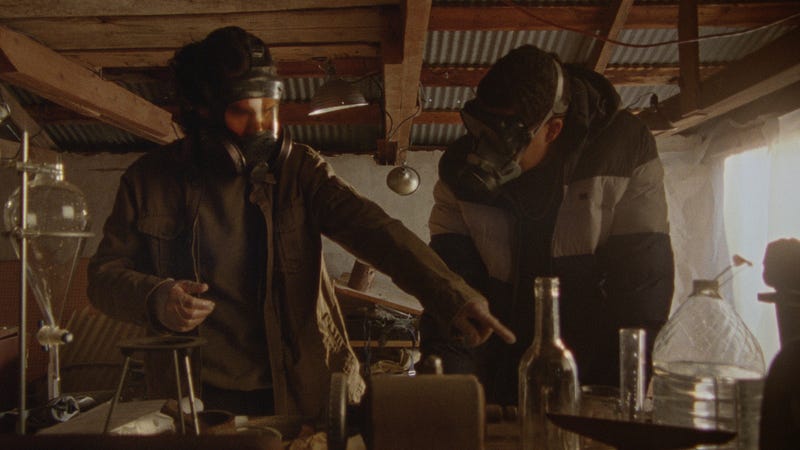Daniel Goldhaber’s film makes an explosive climate crisis statement

Caught between the proverbial rock and various hard places, the main characters in Daniel Goldhaber’s adaptation of Andreas Malm’s nonfiction book How to Blow Up a Pipeline have been shoved into a corner by the forces of a cruel and uncaring world. They’ve been pushed as far as they can go and their desperation has them ready to react in the only way that makes sense to them. From the film’s title you can guess what that reaction entails. It’s a radical solution to an overwhelming problem, something that offers brief catharsis but hardly guarantees the kind of changes the characters want to see. That kind of desperation gives How to Blow Up a Pipeline a vitality that grips viewers from the opening shot and does not let up for one second.
As soon as Gavin Brivik’s excellent score lights the fuse, the movie is off and running as we follow a group of activists from all over the country coming together in West Texas with a mission in mind: wreaking havoc on an oil pipeline to make a political and ethical statement. Each member of the disparate group has their motivations for being there, with only their desperation and common enemy uniting them. Those reasons range from the moral to the deeply personal and they’re often intertwined. Dwayne (Jake Weary) and Michael (Forrest Goodluck), from Texas and North Dakota, have both had the land their families long-called home encroached upon by the government, leaving both men struggling to hold on to their place in the world. Theo (Sasha Lane) is sick with a disease that can be traced back to governmental negligence. College student Shawn (Marcus Scribner) is a young man full of anxiety over the climate crisis his generation is inheriting and searching for anything he can do to help the cause.
As powerful as these reasons are, at times the script runs the risk of turning the characters to talking points for the film’s thesis. Goldhaber and his co-writers Ariela Barer (who also plays Xochitl in the film) and Jordan Sjol keep these didactic screeds brief enough that it doesn’t feel like lecturing. It’s a tricky line to walk. If you see a group of people doing something as committed as blowing up government property, it’s safe to assume they have something driving them. Breaking up the action with expository detours could derail the film’s momentum, but the script deploys these expository interludes strategically in a way that helps heighten the stakes of the present tense action, with tense being the operative word. How to Blow Up a Pipeline basically plays out like a heist movie in reverse, opening with the team already together and acting on their plan, then backtracking to show how everyone came to be there.
Coursing with the raw urgency of a lit fuse, How to Blow Up a Pipeline is a bareknuckle environmentalist screed. It’s a blistering thriller so tightly constructed and propulsive that viewers can’t and won’t look away. The pacing is relentless is a way few films can match. The film is terrifically entertaining, though it feels odd to extol the entertainment value of a film that’s aiming for something higher. It’s full of righteous anger, raging against a capitalist society that is more than ready and willing to devour anything and anyone standing between it and a few more dollars. How to Blow Up a Pipeline is not a warning, it’s a call to action.



